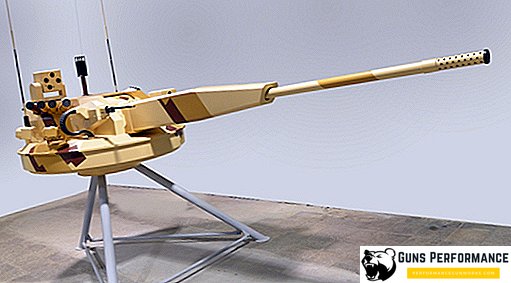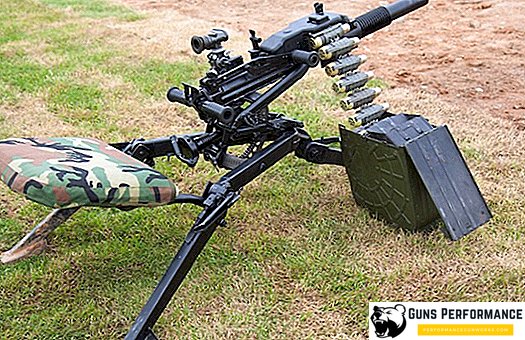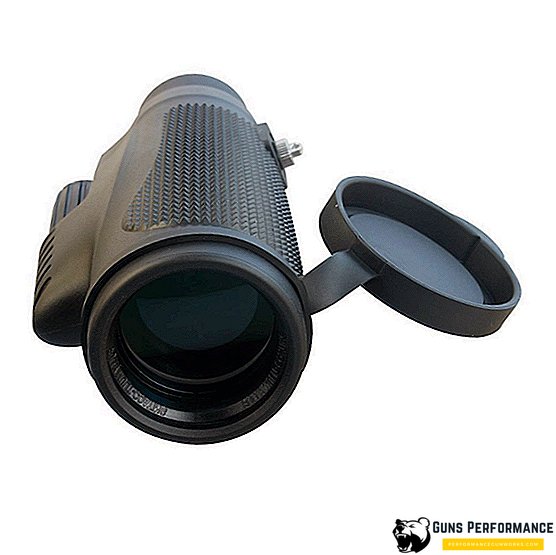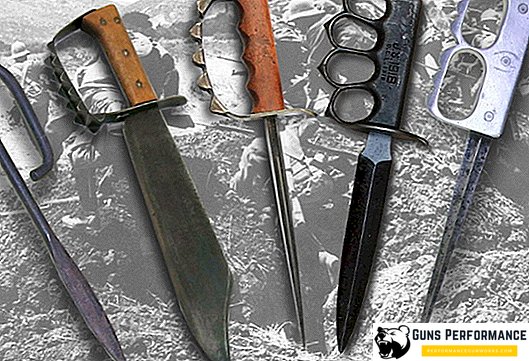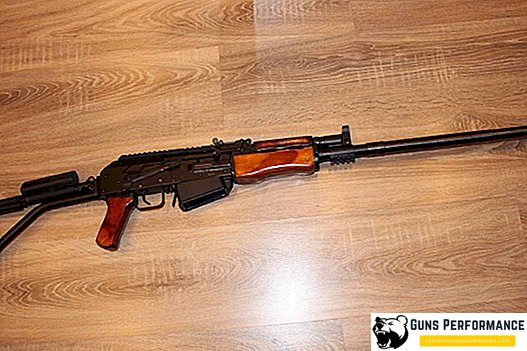The second half of the twentieth century became the era of rocket technology. The first satellite was launched into space, then its famous "Let's Go!" said Yuri Gagarin, but the beginning of the rocket era should not be counted from these fateful moments in the history of mankind.
On June 13, 1944, Hitler's Germany struck at London with the help of V-1 missiles, which could be called the first combat cruise missile. A few months later, the new development of the Nazis — a V-2 ballistic missile — hit the Londoners' heads, killing thousands of civilian lives. After the end of the war, German rocket technologies fell into the hands of the winners and began to work primarily for war, and space exploration was just an expensive way of state PR. So it was in the USSR and the USA. The creation of nuclear weapons almost immediately turned missiles into strategic weapons.
It should be noted that rockets were invented by man in ancient times. There is an ancient Greek description of the devices, very reminiscent of rockets. Particularly fond of rockets in ancient China (II-III century BC): after the invention of gunpowder, these aircraft began to be used for fireworks and other entertainment. There is evidence of attempts to apply them in military affairs, but at the current level of technology, they could hardly cause the enemy significant damage.
In the Middle Ages, together with gunpowder rockets hit Europe. These aircraft were interested in many thinkers and naturalists of that era. However, the rockets were more likely a wonder, there was little practical sense from them.
At the beginning of the 19th century, the Congreve missiles were accepted into service by the British army, however, due to their low accuracy, they were soon replaced by artillery systems.
Practical work on the creation of rocket weapons resumed in the first third of the XX century. Enthusiasts in the USA, Germany, Russia (then in the USSR) worked in this direction. In the Soviet Union, the result of this research was the birth of the MLRS BM-13, the legendary Katyusha. In Germany, the brilliant designer Werner von Braun was engaged in the creation of ballistic missiles, it was he who developed the V-2, and later was able to send a man to the moon.
In the 1950s, work began on the creation of ballistic and cruise missiles capable of delivering nuclear charges at intercontinental distances.
In this article we will talk about the most famous types of ballistic and cruise missiles, the review will include not only intercontinental giants, but also well-known operational and operational-tactical missile systems. Virtually all of the rockets on our list have been developed at the design offices of the USSR (Russia) or the USA, two states with the most advanced missile technologies in the world.
So, the rating of the most famous and deadly missiles in the world.
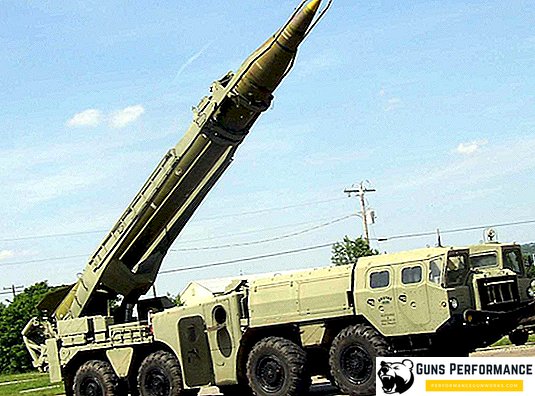
Scud B (P-17)
This is a Soviet ballistic missile, which is an integral part of the tactical complex Elbrus. The R-17 missile was put into service in 1962, its flight range was 300 km, it could throw almost a ton of payload with an accuracy (CEP - circular probable deviation) of 450 meters.
This ballistic missile is one of the most famous examples of Soviet missile technology in the West. The fact is that for many decades the P-17 was actively exported to various countries of the world, which were considered allies of the USSR. Especially a lot of these weapons were delivered to the Middle East: Egypt, Iraq, Syria.
Egypt used the R-17 against Israel during the Doomsday War, during the first Gulf War, Saddam Hussein fired Scud B on the territory of Saudi Arabia and Israel. He threatened to use warheads with warheads, which caused a wave of panic in Israel. One of the missiles hit the American barracks, killing 28 US troops.
Russia used the P-17 during the second Chechen campaign.
Currently, the R-17 is used by Yemeni rebels in the war against the Saudis.
The technologies used in Scud B became the basis for the missile programs of Pakistan, the DPRK, Iran.
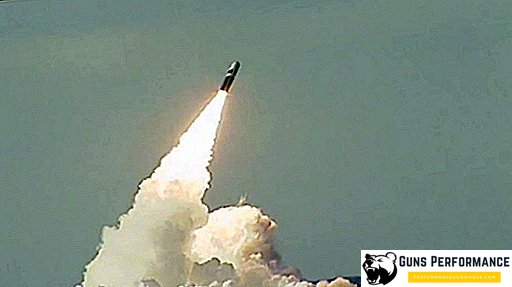
Trident ii
This is a three-stage solid propellant ballistic missile, which is currently in service with the US and British Navy. The Trident-2 (Trident) missile was put into service in 1990, its range is more than 11,000 km, it has a warhead with blocks of individual guidance, each can be 475 kilotons. Weight Trident II - 58 tons.
This ballistic missile is considered one of the most accurate in the world, it is designed to hit missile mines with ICBMs and command posts.
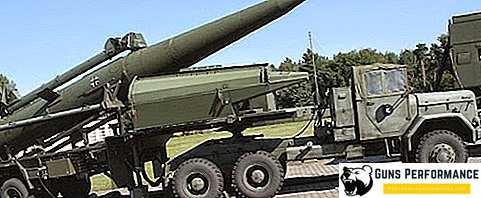
Pershing II "Pershing-2"
This is an American medium-range ballistic missile capable of carrying a nuclear warhead. She was one of the biggest fears of Soviet citizens at the end of the Cold War and a headache for Soviet strategists. The maximum range of the missile was 1770 km, the KVO was 30 meters, and the power of the monoblock warhead could reach 80 Kt.
The United States placed these in West Germany, reducing the time to reach Soviet territory to a minimum. In 1987, the United States and the USSR signed an agreement on the destruction of medium-range nuclear missiles, after which the Pershinga were removed from combat duty.
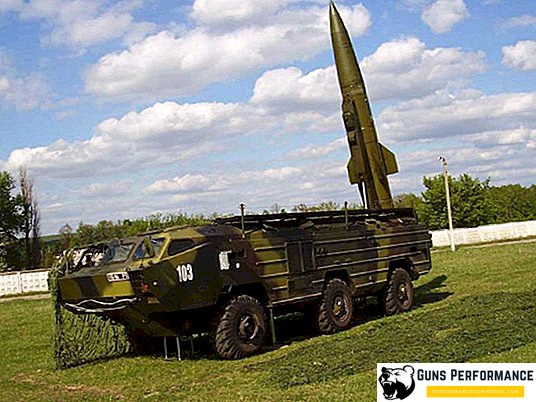
"Point-U"
This is a Soviet tactical complex, adopted in 1975. This missile can be equipped with a nuclear warhead with a capacity of 200 Kt and deliver it to a distance of 120 km. Currently, "Points-U" are in service with the armed forces of Russia, Ukraine, the former Soviet republics, as well as other countries of the world. Russia plans to replace these missile systems with more sophisticated Iskanders.
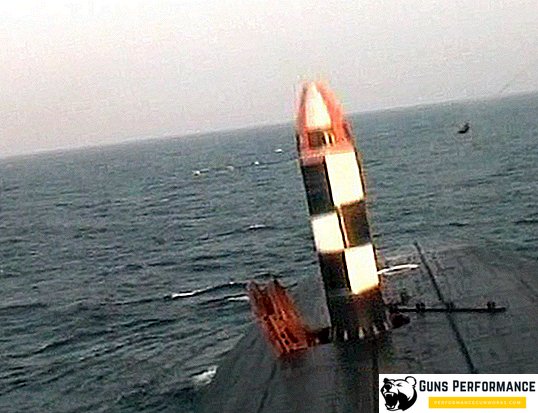
R-30 "Bulava"
This is a sea-based solid-fuel ballistic missile, the development of which began in Russia in 1997. The P-30 should become the main weapon of the submarines of projects 995 "Borey" and 941 "Shark". The maximum range of the Bulava is more than 8 thousand km (according to other sources - more than 9 thousand km), the rocket can carry up to 10 blocks of individual guidance with a capacity of up to 150 Kt each.
The first launch of the Bulava took place in 2005, and the last - in September 2018. This rocket was developed by the Moscow Thermal Engineering Institute, which was previously engaged in the creation of Topol-M, and is made by the Bulava at the FSUE Votkinsk Plant, where Topol is manufactured. According to the developers, many nodes of these two missiles are identical, which allows them to significantly reduce the cost of their production.
Saving public funds is, of course, a worthy desire, but it should not harm the reliability of products. Strategic nuclear weapons and their means of delivery are a major component of the concept of deterrence. Nuclear missiles must also be reliable and reliable, like a Kalashnikov assault rifle, which is not the case with the new Bulava rocket. It still flies through time: out of 26 launches, 8 were considered unsuccessful, and 2 - partially unsuccessful. This is unacceptable for a strategic missile. In addition, many experts blamed the Bulava for too little throw-weight.
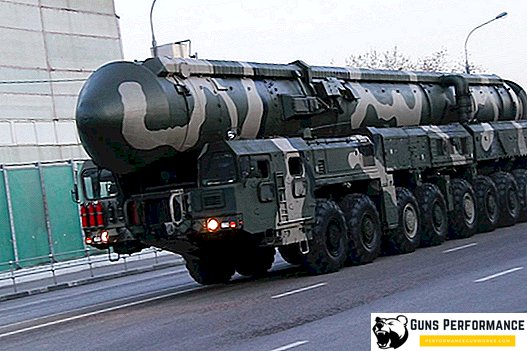
"Topol M"
This is a rocket complex with a solid-fuel rocket capable of delivering a 550-kiloton nuclear warhead to a distance of 11,000 km. Topol-M is the first intercontinental ballistic missile adopted for service in Russia.
The Topol-M ICBM has a mine and a mobile base. Back in 2008, the Defense Ministry of Russia announced the start of work on equipping the Topol-M with split warheads. True, as early as 2011, the military announced that they would no longer buy this rocket and gradually switch to the R-24 Yars missiles.
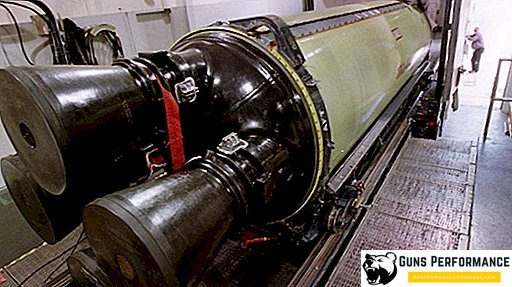
Minuteman III (LGM-30G)
This is an American solid-fuel ballistic missile, which was put into service in 1970 and is on it today. It is believed that Minuteman III is the fastest rocket in the world, at the terminal stage of flight it can reach a speed of 24 thousand km / h.
The range of the missile is 13 thousand km, it carries three combat units of 475 Kt each.
Over the years of operation, Minuteman III has undergone several dozen upgrades, Americans are constantly changing their electronics, control systems, power plant assemblies for more advanced ones.
As of 2008, the United States had 450 Minuteman III ICBMs, on which 550 warheads were installed. The fastest missile in the world will still be in service with the US Army until at least 2020.
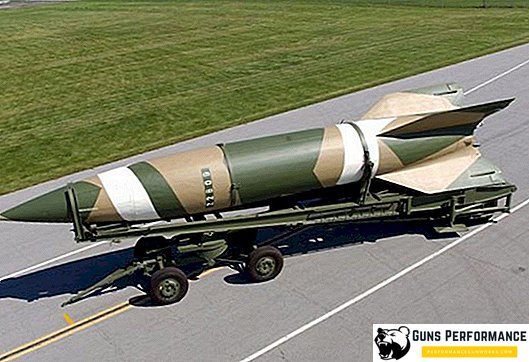
V-2 (V-2)
This German rocket was far from ideal design, its characteristics are no match for modern counterparts. However, V-2 was the first combat ballistic missile, the Germans used it for shelling British cities. It was V-2 that made the first suborbital flight, rising to an altitude of 188 km.
V-2 is a single-stage fuel oil rocket that worked on a mixture of ethanol and liquid oxygen. She could deliver a warhead weighing one ton over a distance of 320 km.
The first combat launch of the V-2 took place in September 1944; in total, more than 4,300 missiles were fired in Britain, of which almost half exploded at the start or collapsed in flight.
V-2 can hardly be called the best ballistic missile, but it was the first, for which she deserved a high place in our rating.
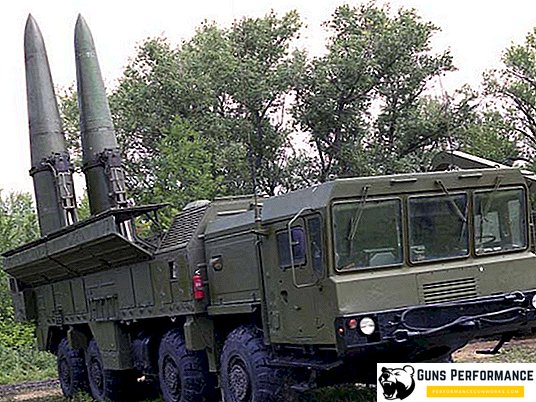
Iskander
This is one of the most famous Russian missile systems. Today this name in Russia has become almost a cult. "Iskander" was adopted in 2006, there are several modifications. There are Iskander-M, armed with two ballistic missiles, with a range of 500 km, and Iskander-K, an option with two cruise missiles that can also hit the enemy at a distance of 500 km. Missiles can carry nuclear warheads with a capacity of up to 50 Kt.
Most of the trajectory of the Iskander ballistic missile passes at altitudes of more than 50 km, which greatly complicates its interception. In addition, the rocket has a hypersonic speed and actively maneuvers, which makes it a very difficult target for enemy missile defense. The angle of approach to the target of the rocket is approaching 90 degrees, this greatly hinders the work of the enemy's radar.
"Iskander" is considered one of the most advanced types of weapons available to the Russian army.
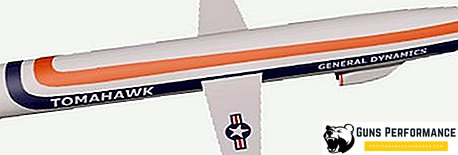
"Tomahawk"
This is an American long-range cruise missile with a subsonic speed that can perform both tactical and strategic tasks. "Tomahawk" was adopted by the US Army in 1983, has been repeatedly used in various armed conflicts. Currently, this cruise missile is in service with the fleet of the United States, Britain and Spain.
The range of some modifications "Tomahawk" reaches 2.5 thousand. Km. Missiles can be launched from submarines and surface ships. Previously, there were modifications "Tomahawka" for the Air Force and ground forces. QUO latest missile modifications is 5-10 meters.
The United States used these cruise missiles during both the Gulf War, the Balkans, and Libya.
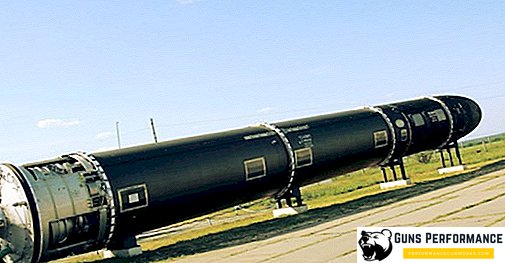
R-36M "Satan"
It is the most powerful intercontinental ballistic missile ever created by man. It was developed in the USSR, in Yuzhnoye Design Bureau (Dnepropetrovsk) and was put into service in 1975. The mass of this liquid fuel rocket was more than 211 tons, it could deliver 7.3 thousand kg at a distance of 16 thousand km.
Various modifications of the R-36M "Satan" could carry one combat unit (power up to 20 Mt) or be equipped with a divided head (10x0.75 Mt). Even modern missile defense systems are powerless against such power. In the US, it is not for nothing that the P-36M was dubbed "Satan", for it is truly a true weapon of Armageddon.
Today, the P-36M remains in service with the strategic forces of Russia, with 54 RS-36M missiles on combat duty.




